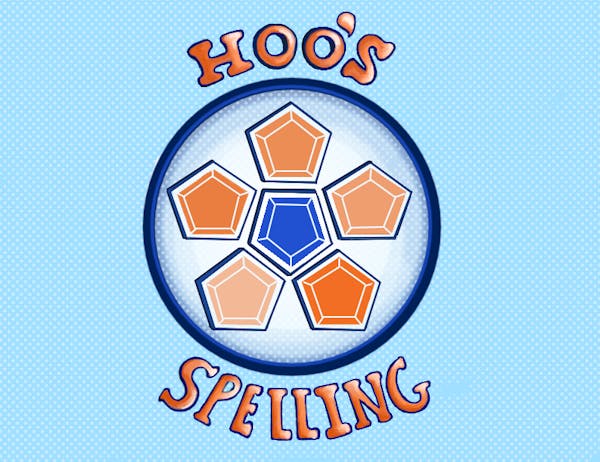Ashley Brandebura, researcher and assistant professor of neuroscience, has discovered a potential way to restore a protein in the brain called the pleiotrophin (PTN) protein to normal levels in mice with Down Syndrome. PTN falls below the sufficient level needed for the brain to function properly in Down Syndrome, and Brandebura said she is hopeful her and her team’s discovery could lead to future advancements in human treatments for both Down Syndrome and other neurodegenerative diseases.
Brandebura noted approximately 80 percent of Down Syndrome patients will go on to develop Alzheimer’s Disease in adulthood, and said she hopes using her team’s discovered method to restore PTN can improve these prognosis rates for Down Syndrome patients.
Brandebura’s research began in 2019 when she was beginning her postdoctoral fellowship at the Salk Institute for Biological Studies in San Diego — a nonprofit research organization that works to make discoveries in areas such as aging, cancer, diabetes and brain science. While there, Brandebura worked under Lead Researcher and Neuroscientist Nicola Allen, and in July, Brandebura was hired by the University to start in her own lab — the Brandebura lab.
“What my lab is really focused on here at U.Va. is trying to find ways that we could slow the progression to Alzheimer's disease to give [Down Syndrome patients a] longer and healthier life,” Brandebura said.
Down Syndrome is a condition in which an individual carries a partial or full extra copy of chromosome 21, and this extra genetic material manifests itself through physical traits including low muscle tone, shorter height and a slight, upward slant to the eyes. However, the condition also results in intellectual impairments — including shorter attention span and challenges with expressing verbal language. One in 775 babies will be born with Down Syndrome in the United States, and the cause of the chromosomal abnormality behind the condition is currently unknown.
Brandebura said that PTN is necessary in the brain for promoting the growth of neurons. Because the protein is repressed in individuals with Down Syndrome, their neurons have shorter extensions to receive messages from other parts of the body, which slows the speed at which the brain can perform actions like speaking or having a muscle reflex. Further, she explained that the reason PTN is repressed in individuals with Down Syndrome is because a type of cell called an astrocyte, which is responsible for secreting the protein, is dysfunctional in these individuals.
Brandebura said that these dysfunctional astrocytes result in many proteins becoming insufficient in the brains of individuals with Down Syndrome. However, she noted that the team chose to specifically focus on finding a way to evaluate PTN rather than other proteins because it is among the top ten proteins affected in Down Syndrome — meaning finding a treatment for it could profoundly improve symptoms experienced by Down Syndrome patients .
“[PTN] had a massive [repression in these Down Syndrome astrocytes,” Brandebura said. “So we figured that that would be a good candidate to go after to … investigate this idea that we could target astrocytes and change their secreted protein [levels].”
Brandebura said her research team came to their conclusions by utilizing Adeno-Associated Virus technology to insert PTN into their test subjects — mice — and observe the effects. AAV technology works by using a virus as an agent to deliver a necessary protein or gene somewhere in the body, and Brandebura said that for their research, the AAV technology worked by removing a “bad” virus and replacing it with PTN to be delivered to the brains of the mice.
The mice models were delivered PTN via AAV beginning at two months of age, because the neuronal manifestations of Down Syndrome were already present at that point of a mouse’s life. She said this experiment was successful — Down Syndrome symptoms were reversed in the mice given PTN.
“Giving the [Down Syndrome] mice Pleiotrophin from two months to four months of age results in normal [neuronal] outgrowth and branching,” Brandebura said.
Brandebura noted that historically many hopeful findings for Down Syndrome via mouse models have proven ineffective for humans. This is because Down Syndrome symptoms manifest when humans are fetuses — at an earlier developmental stage than in mice — which often leaves it to be too late to intervene and reverse the effects when the child is born.
However, Brandebura said she is hopeful for her research team’s discovery because they were inserting the PTN into already mature mice and were still able to see reversal.
“This makes us really hopeful, that … in the future — once we know more about the mechanism — that perhaps this could make it to clinical trials and have real effects on the human population,” Brandebura said.







